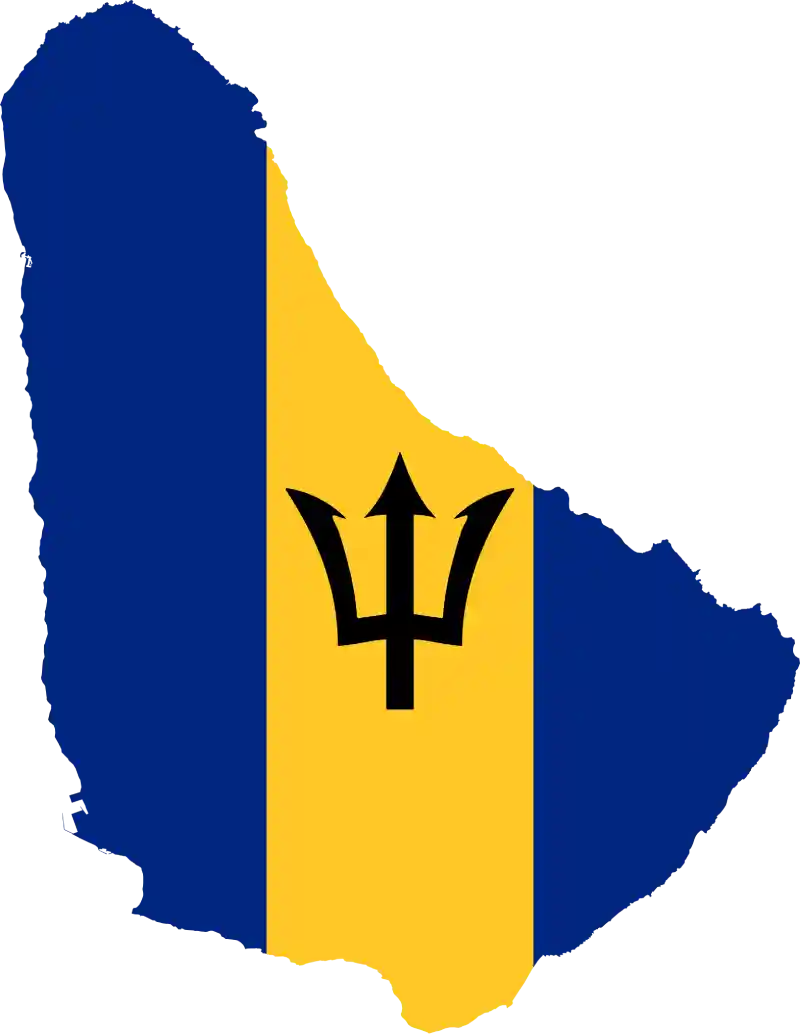MBBS in Central America
In the medical world, the best professionals from around the world highly value students who complete their MBBS in Central America.

Advantages of studying MBBS in Central America for Indian Students:
Eligibility criteria for Studying MBBS in Central America:
Top Medical Colleges / Universities for MBBS in Central America
Frequently Asked Questions About MBBS in Central America
Is Central America good for MBBS?
MBBS in Central America is an excellent choice for Indian students looking for an international destination to have an affordable medical education.
Is Central America safe for Indian students?
First of all, Central America is a safe country to travel and to stay for foreigners, especially Indians and Indian girls. The country provides MBBS in affordable budget. Indians are treated with admiration and respect in Central America due to multilingual education and diverse practice.
How many Indian medical students are in Central America?
Central America attracted over 1,500 Indian students in 2022, according to the data released by the Government of India.
About Central America
About Barbados
Get in Touch
Contact us to get admissions in world's top most universities, for any kind of guidance, counseling, support.







